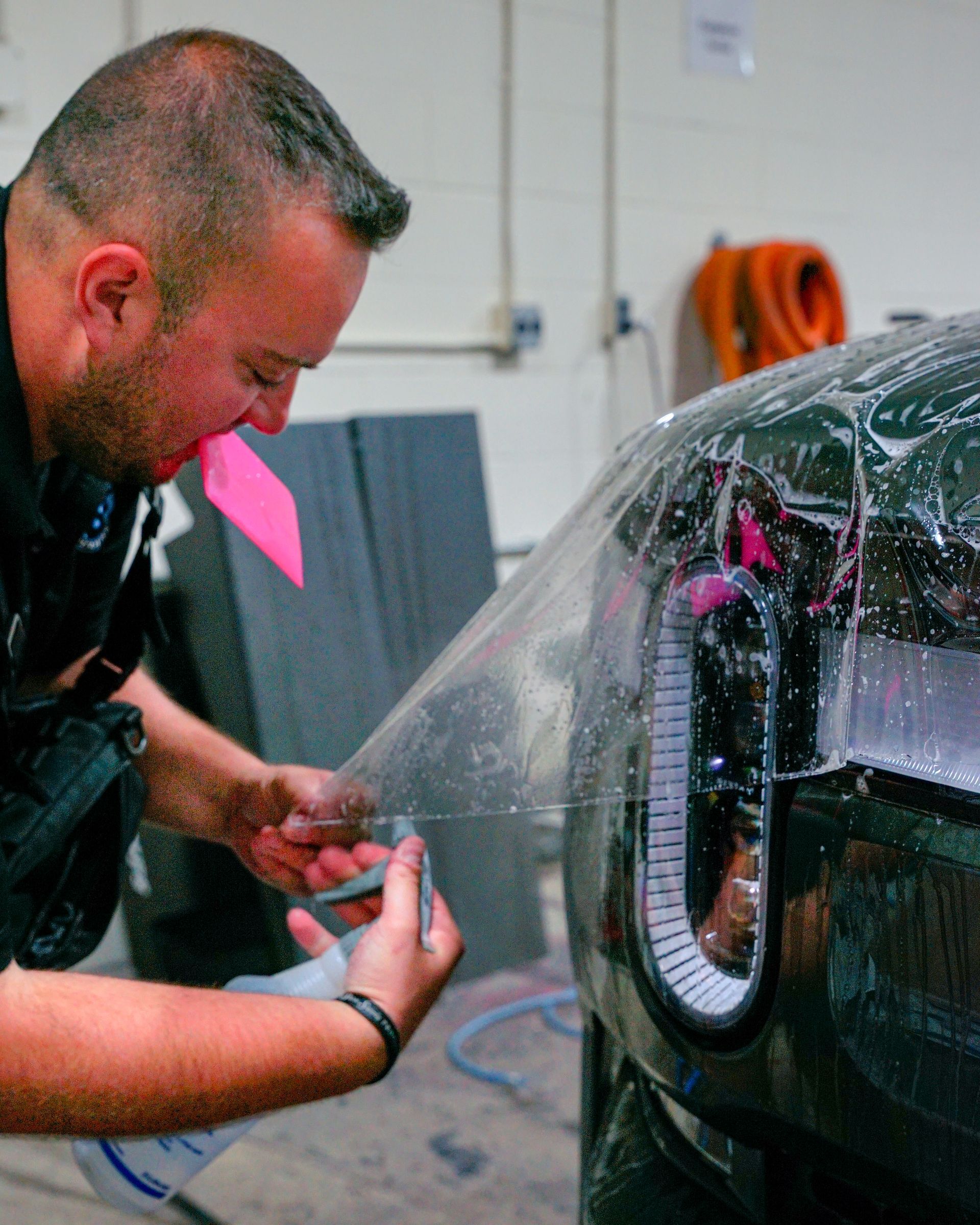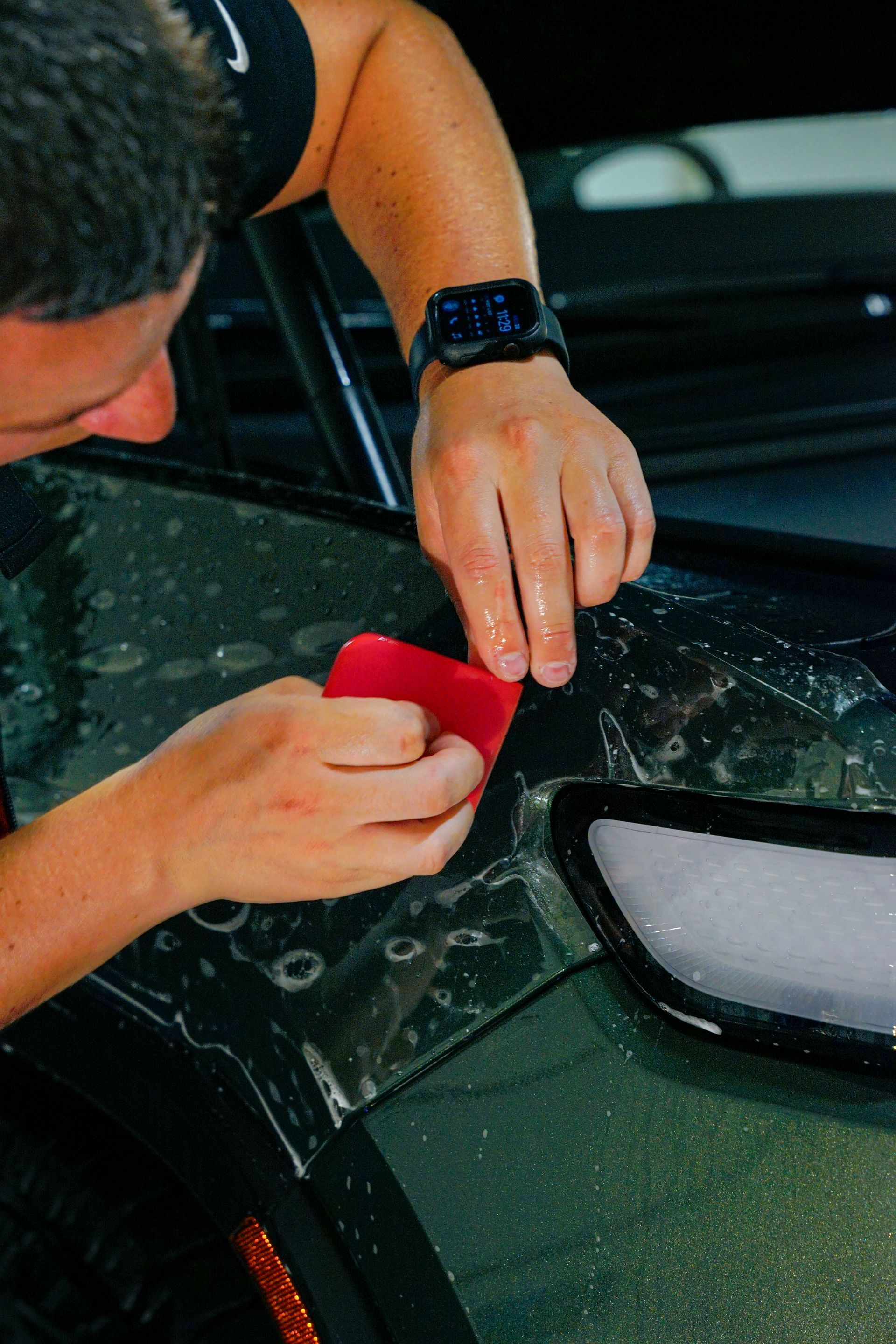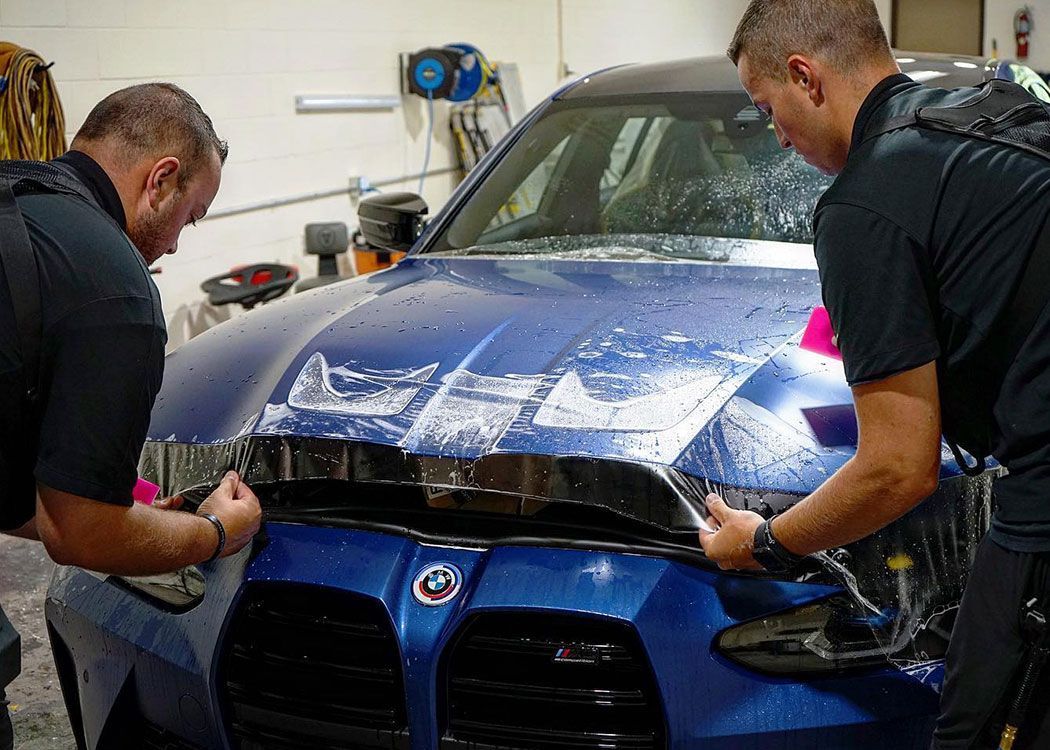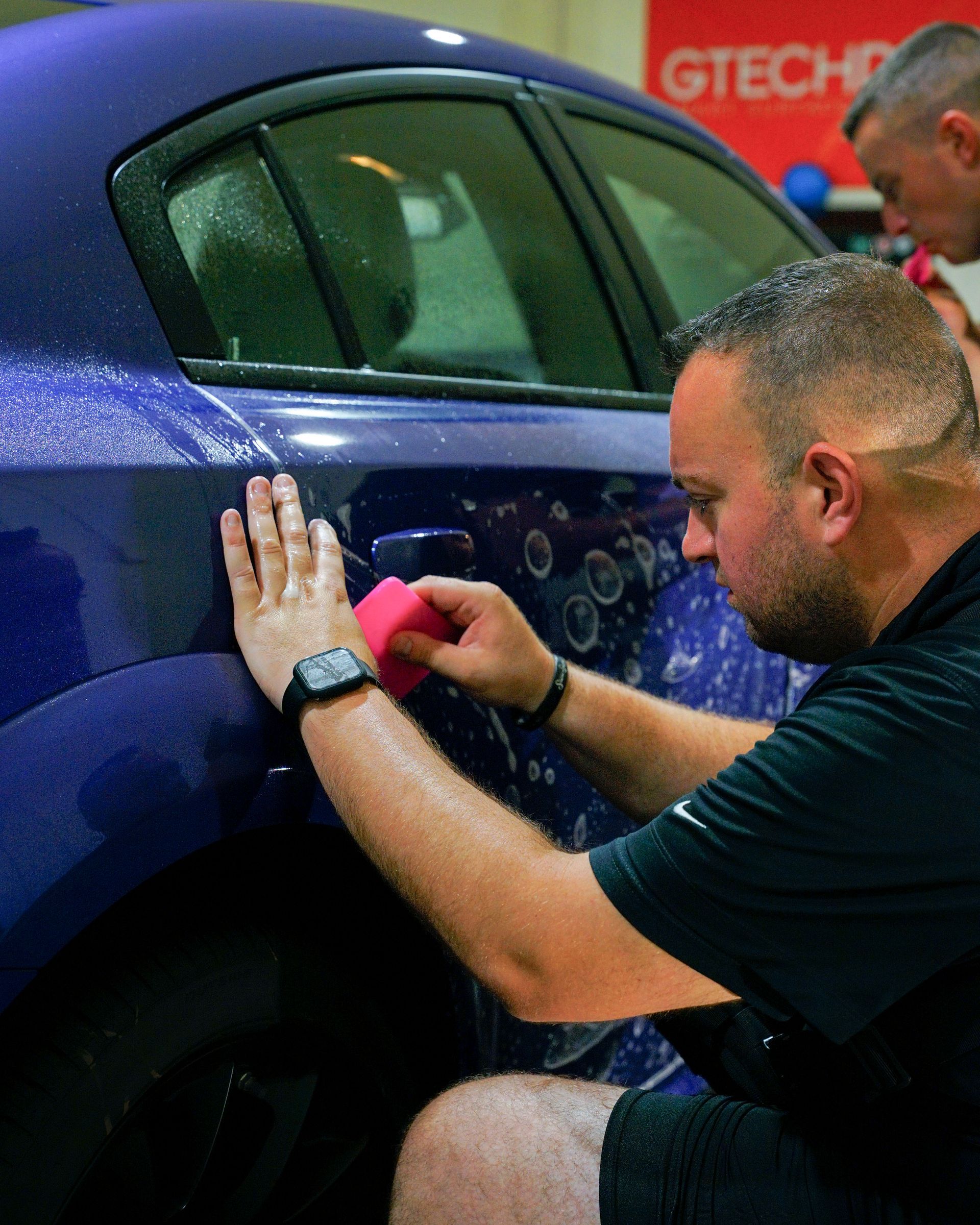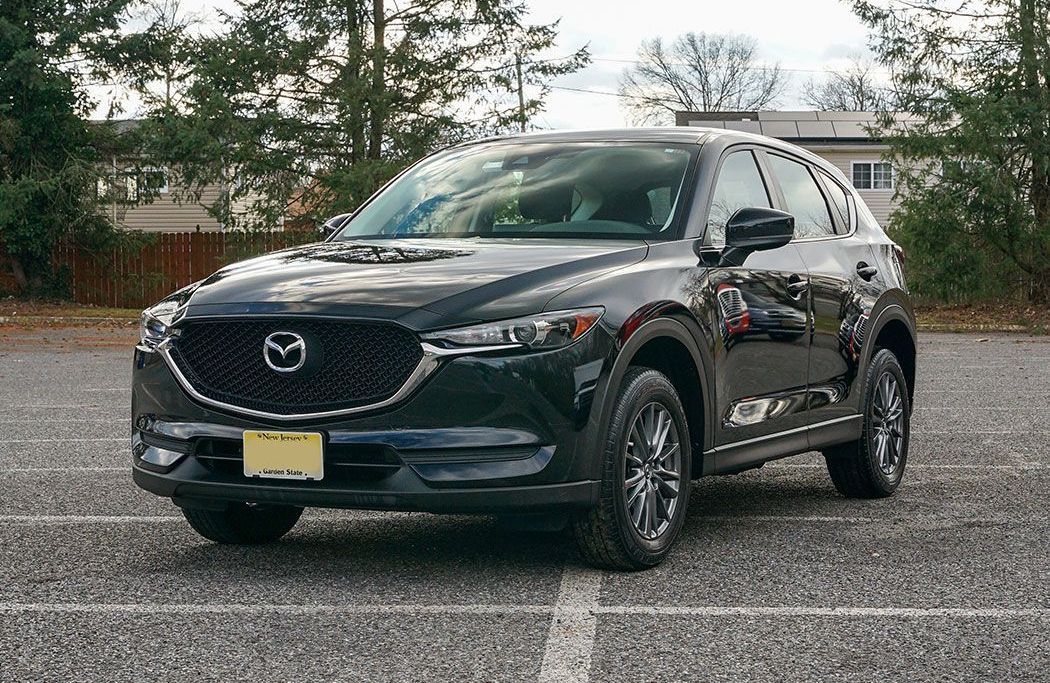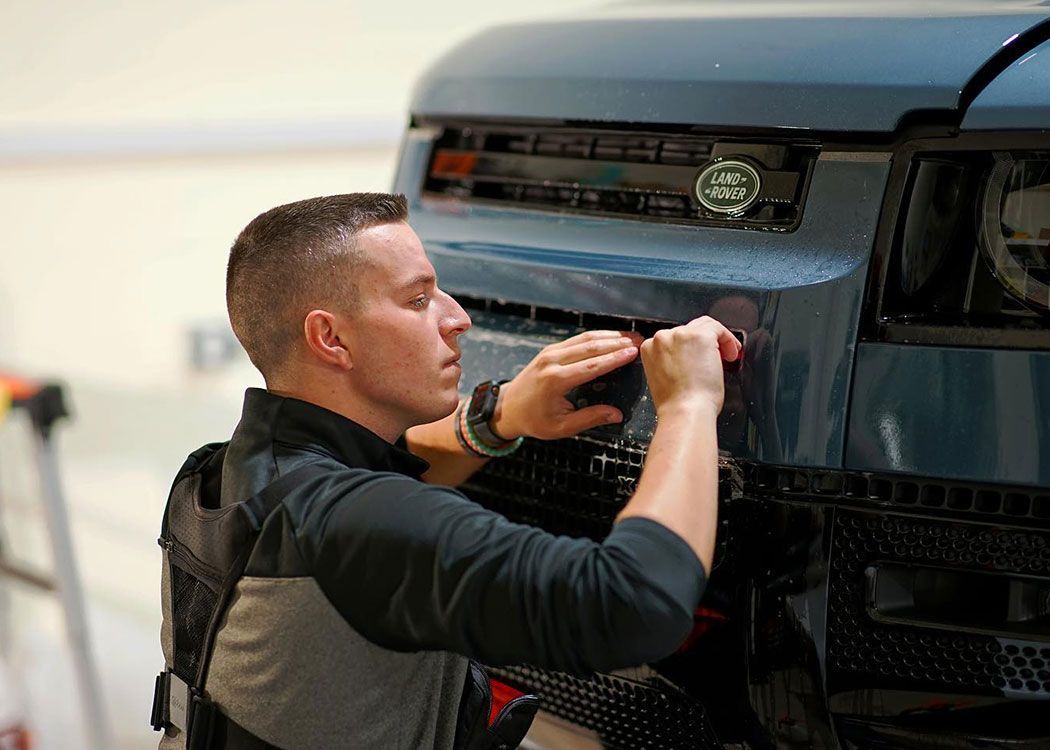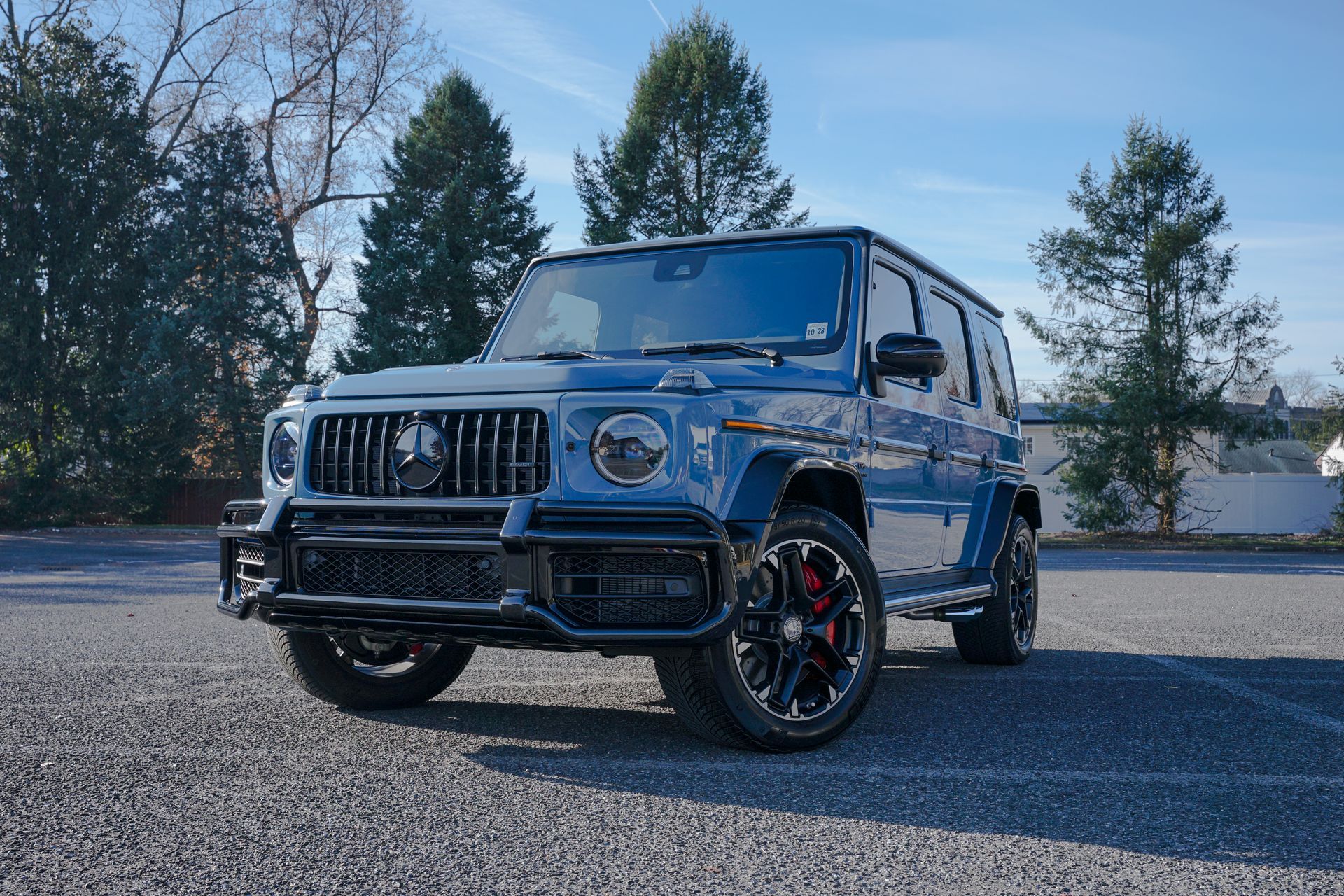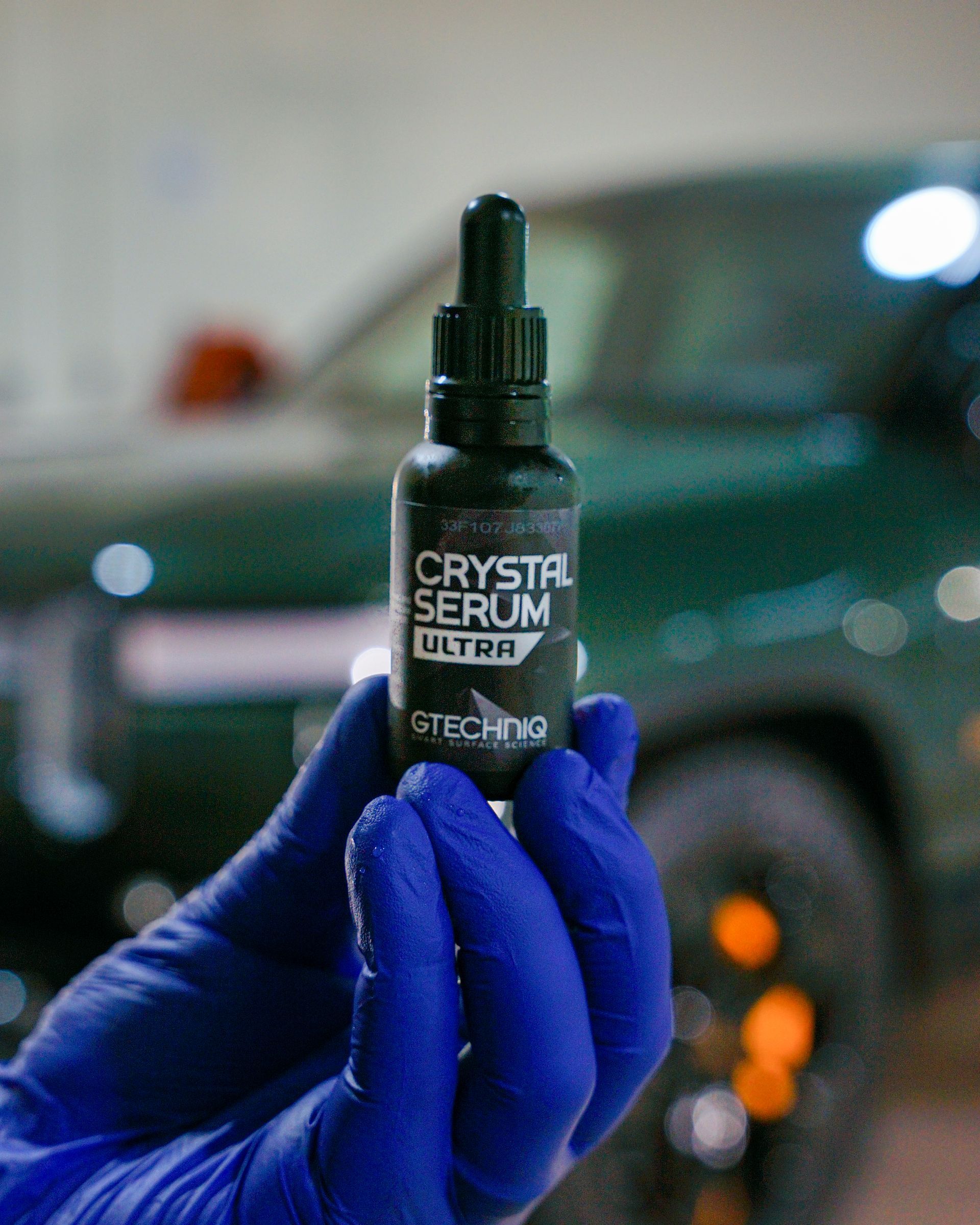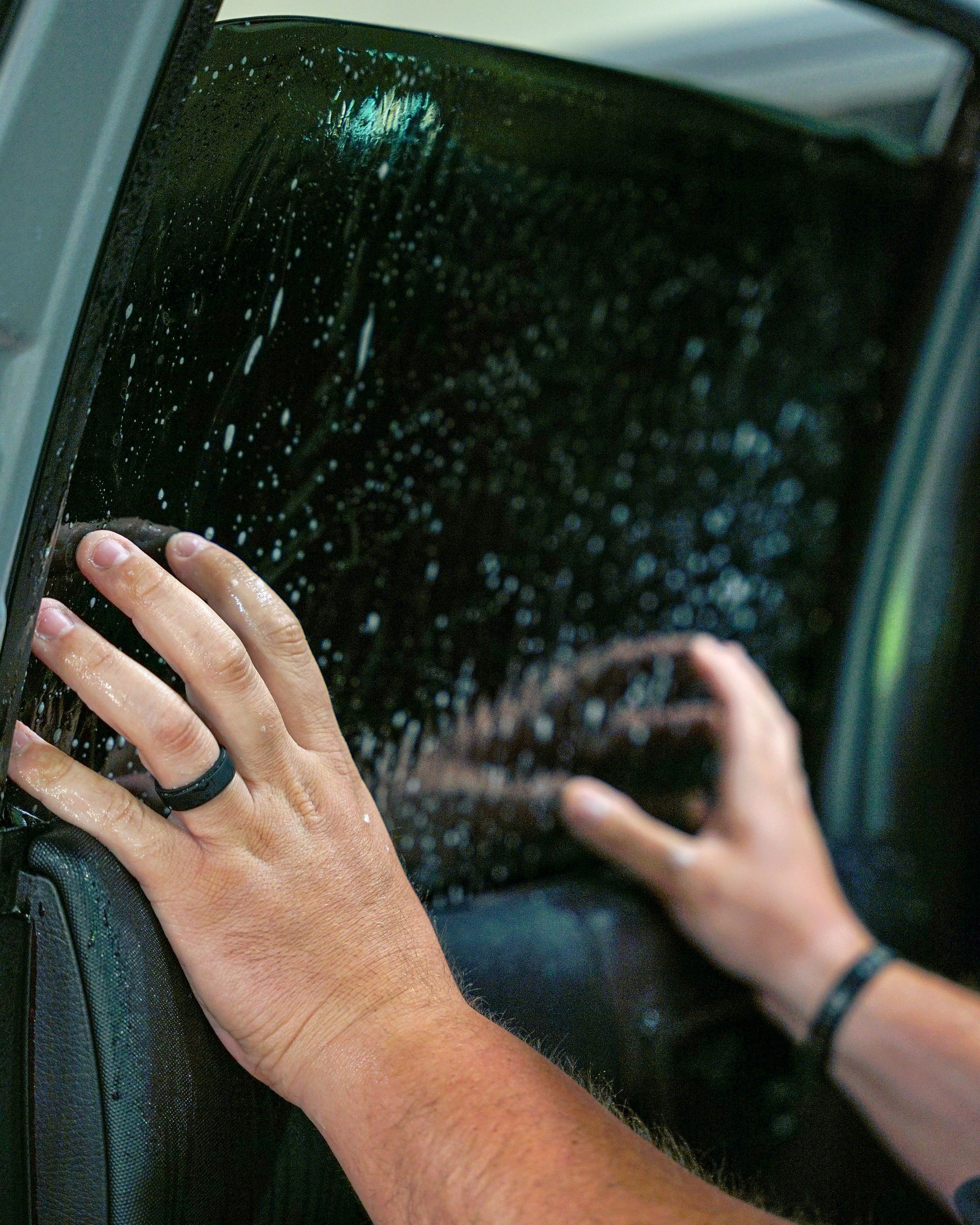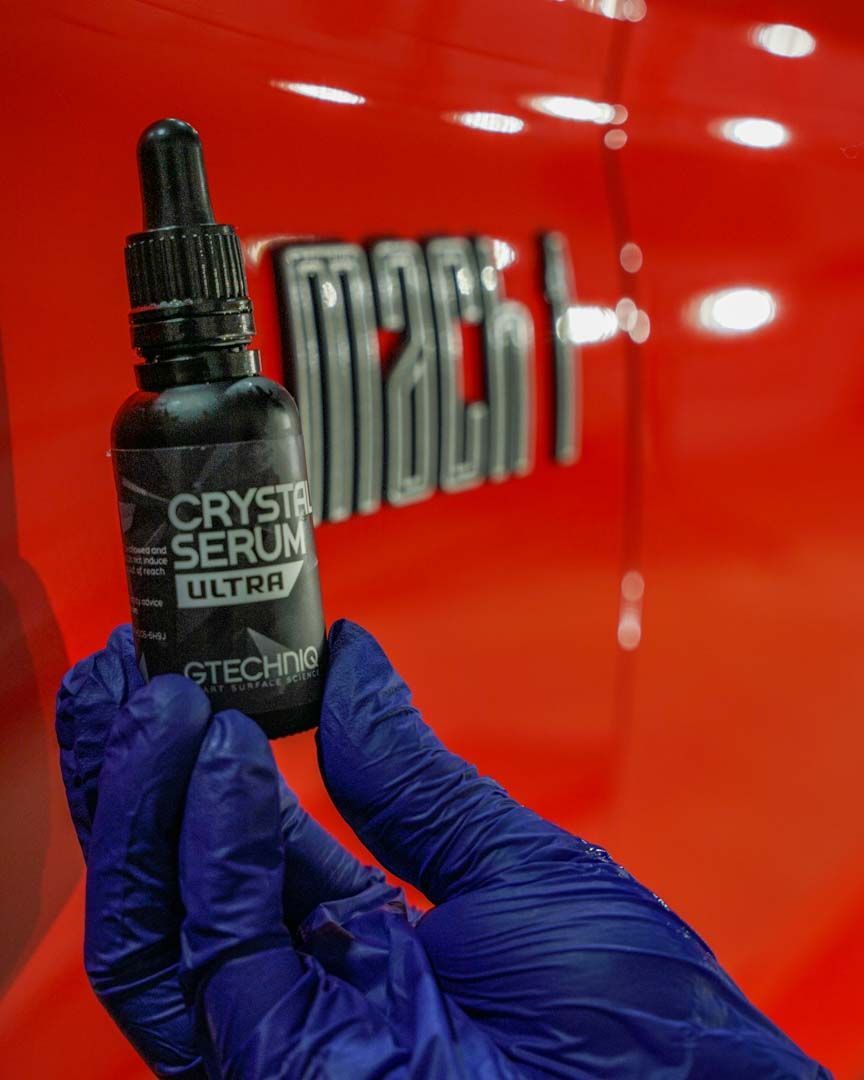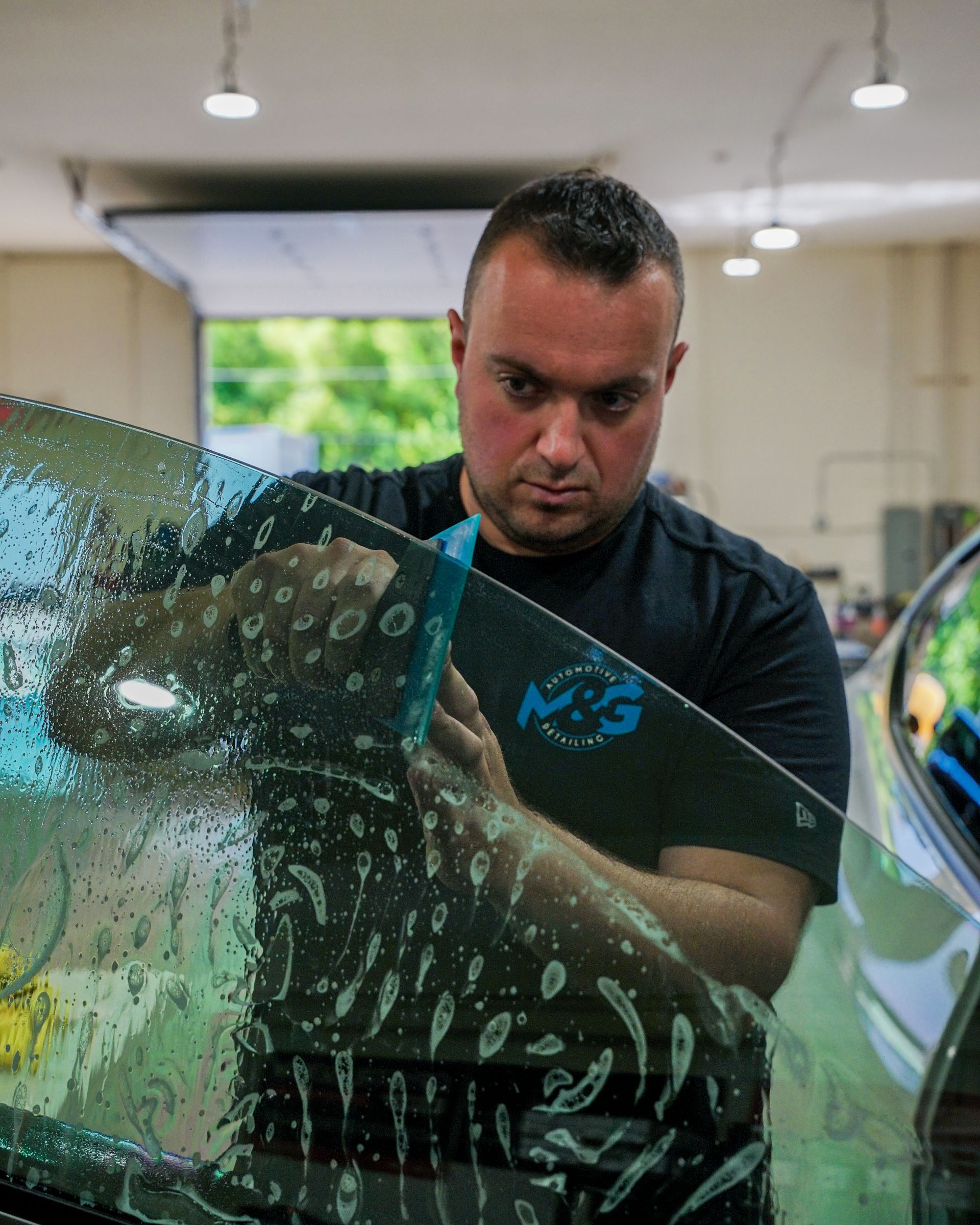How to Handle PPF Issues in Extreme Weather Conditions: Essential Tips and Guidelines
Extreme weather can be a menace to your car's paint protection film (PPF), raising concerns about yellowing, peeling, or bubbling. Facing heavy snow, searing heat, or torrential rains? You've likely worried if your current strategies are enough to shield your investment.
To effectively handle paint protection film issues in extreme weather conditions, regularly inspect the film for signs of damage, such as cracking or peeling, especially after severe weather. Additionally, invest in high-quality PPF that offers better resilience against UV radiation, temperature fluctuations, and corrosive elements to ensure long-lasting protection for your vehicle’s surface.
Safety Precautions Before Working with PPF
When preparing to work with paint protection film, it’s essential to equip yourself with the proper safety gear. One of the first recommended things to do is wear gloves. Not only do gloves shield your hands from harsh chemicals found in adhesives and cleaners, but they also prevent natural oils from your skin from interfering with adhesion. These oils can create a barrier that hinders the bonding process, leading to unsightly bubbles or peeling over time. By keeping a pair of high-quality, cut-resistant gloves handy, you can focus entirely on your task without worrying about damaging the film or your vehicle's finish.
Equally important are protective eye coverings. Safety goggles should be your next consideration. This is especially true when working with sprays or cleaners that could splash unexpectedly. A single drop of adhesive entering your eye can lead to painful irritation or potentially serious injury. By wearing safety goggles, you create a barrier against unforeseen accidents, allowing you to concentrate fully on the installation or cleaning process. Investing in anti-fog or wrap-around types can vastly improve visibility while providing adequate protection. Having the right gear is only one aspect of ensuring safety.
Working with various adhesive products involves exposure to fumes that can be hazardous in enclosed spaces. Proper ventilation plays a vital role in maintaining a safe workspace. It’s advisable to operate in a well-ventilated area, as this significantly reduces the concentration of harmful vapors in the air. Opening garage doors or windows allows fresh air to flow through, diluting any airborne contaminants. If you're working indoors, consider placing fans strategically to enhance airflow; this not only helps keep the work area fresh but also aids in curing chemicals safely.
Taking these safety precautions may seem simplistic, but they form fundamental steps toward protecting yourself while ensuring the integrity of your paint protection film application or removal process. With an understanding of safety measures in place, it's time to focus on recognizing the specific issues that can arise with PPF.
Identifying Common PPF Problems
Knowing what issues to look for is the first step to effectively dealing with paint protection film problems, especially when facing extreme weather conditions. Each of the common issues related to paint protection film can signify deeper underlying concerns that need attention.
Most Frequent Issues
- Yellowing: This is often caused by prolonged exposure to harsh UV rays, which can break down the paint protection film material over time. You might notice yellowing predominantly on high-exposure areas like the hood and roof of your vehicle, where sunlight hits most directly. If you catch this early, reapplying a fresh layer of paint protection film or seeking out a better quality film could help mitigate future discoloration.
- Peeling: One of the most concerning issues, peeling typically arises from improper installation or edge lifting due to temperature changes. If you see an edge of the film lifting away from your paint, it may be time to consult a professional who can assess whether it's possible to reapply or needs replacement. Correct application during ideal temperature conditions—generally between 60°F and 80°F—is crucial in preventing peeling right from the start.
- Bubbling: Bubbling usually indicates that air was trapped under the film during installation, leading to unsightly pockets that not only affect aesthetics but also the effectiveness of protection. If bubbles appear soon after application, they could be addressed by gently pressing them out or using a pin to release the trapped air; however, if you notice large bubbles appearing days later due to environmental temperature fluctuations, this could suggest a more serious application issue that should be monitored closely.
- Scratches: Scratches can occur from various elements, such as debris on the road or improper cleaning techniques. While a paint protection film is designed to resist light scratches and abrasions better than paint alone, it’s still advisable to use gentle washing methods and soft cloths to preserve its integrity. Be vigilant about maintaining cleanliness in both your environment and your washing methods to avoid introducing new scratches.
By understanding these common paint protection film problems, you'll be better equipped to take timely action through preventative maintenance or by seeking professional help for repairs. This proactive approach helps ensure that your paint protection film continues to shield your vehicle against extreme weather and everyday wear and tear.
Protecting PPF From Ice, Heat, and Moisture
Extreme weather can take a toll on your vehicle's protective layers, especially with temperature fluctuations that can cause the paint protection film to lift or become damaged.
- Strategies for Winter Protection: In winter, one effective way to combat the freeze is by using a high-quality car cover. These covers act as a barrier against accumulating snow and ice, preventing them from bonding to the film. Additionally, applying a hydrophobic coating not only helps water bead up but also aids in pushing away any contaminants such as road salt and dirt that can be splashed up during driving. During those bitterly cold months, taking extra precautions can save you money on repairs down the line.
- Protecting PPF in High Heat: In hotter climates, direct sunlight can soften the paint protection film, making it more vulnerable to scratches and blisters over time. To shield your car effectively, utilize sunshades on the windshield and side windows whenever possible. Not only does this practice mitigate heat build-up inside your vehicle, but it also reduces direct exposure to UV rays affecting the film. Parking in shaded areas whenever feasible further lessens the impact of heat; trees or awnings make significant differences in protecting your vehicle’s exterior.
- Moisture Management: Regular maintenance plays a vital role in managing moisture levels around your paint protection film. It's beneficial to apply a sealant specifically designed for paint protection films periodically. This step forms a barrier that protects against moisture penetration while enhancing shine and durability. After washing your car, ensure it's dried thoroughly—especially around edges where the film is applied—as trapped water can lead to mold growth or discoloration over time.
Adopting these strategies will help safeguard your PPF from extreme weather conditions while extending its lifespan and keeping your vehicle looking pristine.
Fixing Existing Paint Protection Film Damage
When damage occurs, it's essential to act promptly, but handling PPF repairs yourself can lead to further complications if not done correctly. Common issues like peeling at the corners often arise from exposure to extreme weather or improper installation. Instead of attempting a DIY fix, it's best to trust professionals with the expertise to handle the situation carefully. They have the skills to address peeling and other damage without causing additional harm to the protective film or vehicle.
- Expertise and Precision: Professionals are trained to repair paint protection films with precision, ensuring the film is applied and fixed without any additional errors or damage.
- Proper Tools and Materials: Professionals use specialized tools and high-quality materials designed for paint protection film repairs, which aren't typically available for DIY solutions.
- Prevention of Further Damage: Improper handling during a DIY repair can cause more extensive damage to the film or the paint underneath, which professionals can avoid.
- Warranty Preservation: Professional repairs may preserve any existing warranties on the paint protection film, which could be voided by unauthorized fixes.
Dealing With Scratches
Superficial scratches can detract from your vehicle’s appearance, but treating them on your own could result in uneven results or more significant damage. Experts can assess the severity of the scratches and apply PPF-specific solutions that restore the film's integrity without compromising the underlying surface. In cases of deeper scratches, professionals will know when replacement is necessary and can ensure that any new paint protection film is applied seamlessly, maintaining your vehicle’s protection and aesthetics.
By trusting professionals to handle PPF repairs, you avoid the risks of further damage while ensuring your vehicle continues to enjoy top-notch protection.
Maintaining PPF Over Time
Long-term care of paint protection film is about consistency and being proactive. Regular attention to your paint protection film will help it continue to offer the best defense against environmental factors while preserving the aesthetics of your vehicle. Just like any other part of your car, a paint protection film needs a little love to keep it functioning optimally.
Routine Inspections
Routine inspections are an easy yet effective way to catch potential issues with your paint protection film (PPF) early. Conducting visual inspections every few weeks might seem tedious, but it allows you to identify problems before they worsen. During these inspections, pay close attention to lifting edges where the film may be peeling, bubbling pockets under the film caused by moisture or contaminants, and any discoloration that could indicate wear or damage from UV exposure.
Catching these issues early enables you to address them promptly, preventing the need for more extensive repairs later on. Once you're comfortable with routine checks, it's a good idea to establish a regular cleaning regimen that works hand-in-hand with your inspection efforts to keep your PPF in optimal condition.
Cleaning Routine
A proper cleaning routine ensures that dirt and debris don't contribute to deterioration of the film.
- Use pH-neutral soap: It’s crucial to avoid harsh cleaners that can deteriorate the film over time. Harsh chemicals can strip away protective coatings or negatively affect the integrity of the material.
- Gentle washing: Use a soft microfiber cloth when cleaning your paint protection film. This type of cloth is non-abrasive and helps prevent scratches while adequately lifting dirt from the surface.
- Dry thoroughly: After washing, ensure that you dry your vehicle completely to prevent water spots and mineral deposits from forming on the surface, which can become embedded over time and hamper the finish.
The results of these steps may not be immediately visible, but taking care of your paint protection film creates a lasting shield against weather elements, road debris, and scratches. Maintaining communication with your paint protection film installer for personalized advice based on regional conditions or specific film types can also enhance its longevity. By routinely inspecting and properly caring for your paint protection film, its lifespan can expand significantly, allowing you to enjoy its benefits for many years to come.
In summary, a proactive approach to maintaining paint protection film through regular inspections and careful cleaning will ensure its durability and effectiveness during extreme weather conditions.
High-Quality PPF Solutions in Cherry Hill, NJ
Protect your vehicle with the high-quality paint protection film solutions from M&G Automotive Detailing in Cherry Hill, NJ. Our premium paint protection films provide an invisible barrier against scratches, rock chips, and other road hazards, preserving your car’s flawless finish. Installed with expert precision and using top-tier materials, our paint protection film ensures long-lasting protection without compromising the look of your vehicle. Secure the best defense for your car’s paint—schedule your PPF installation today! Call us at (609) 923-3123 to get started!

